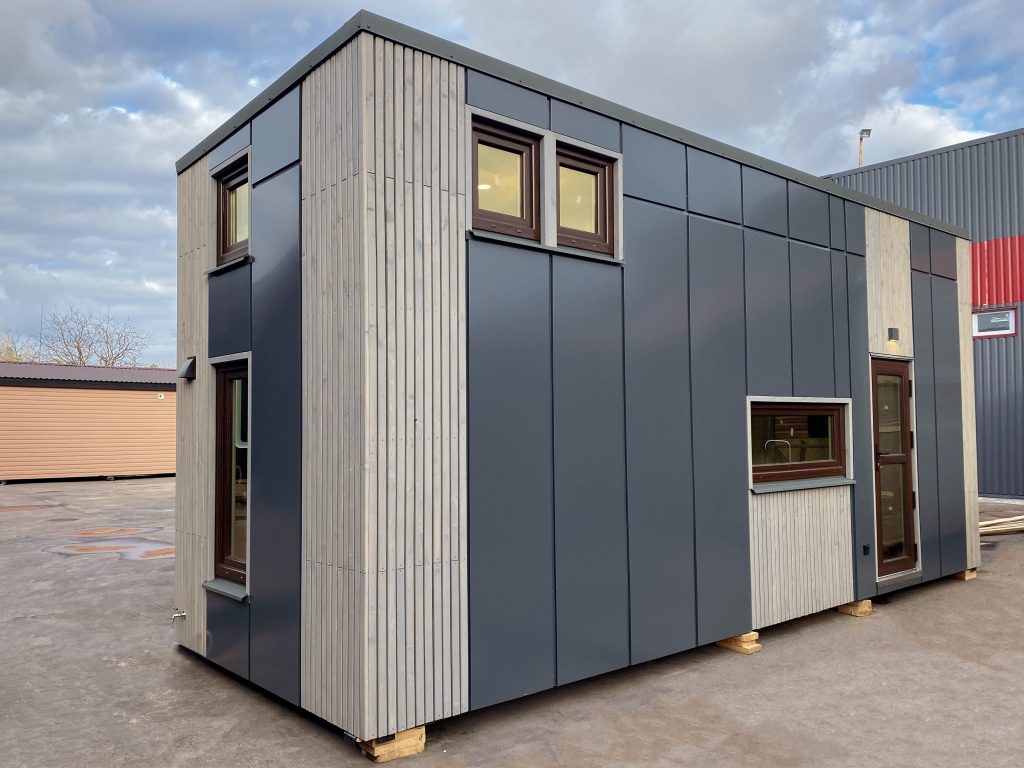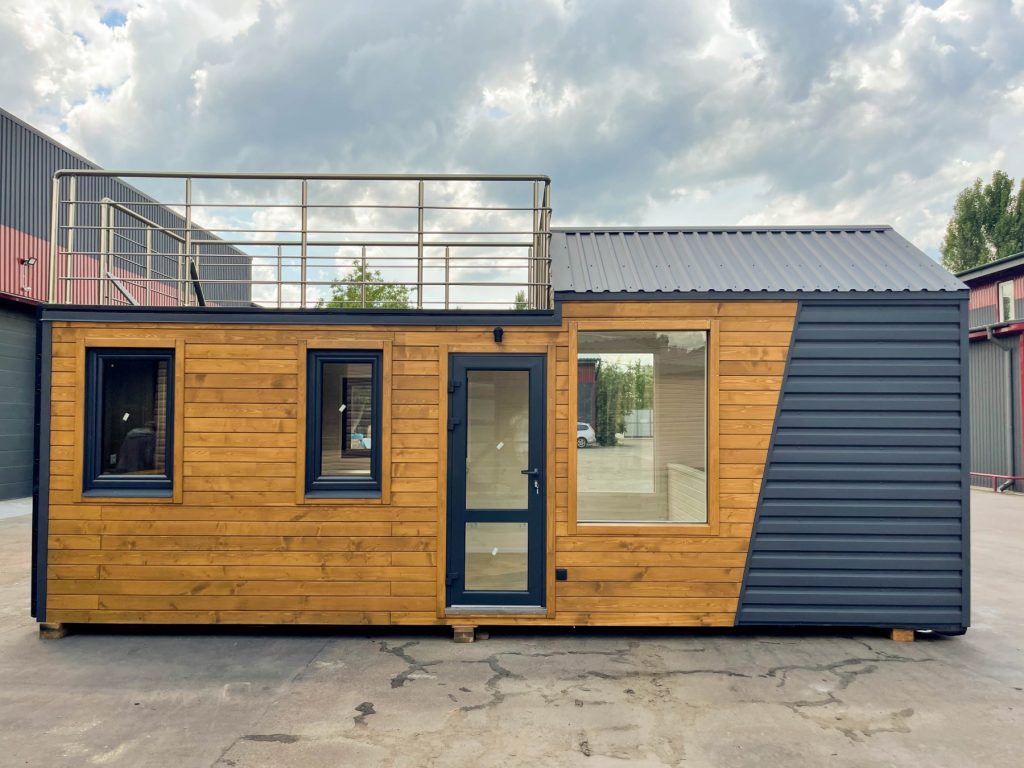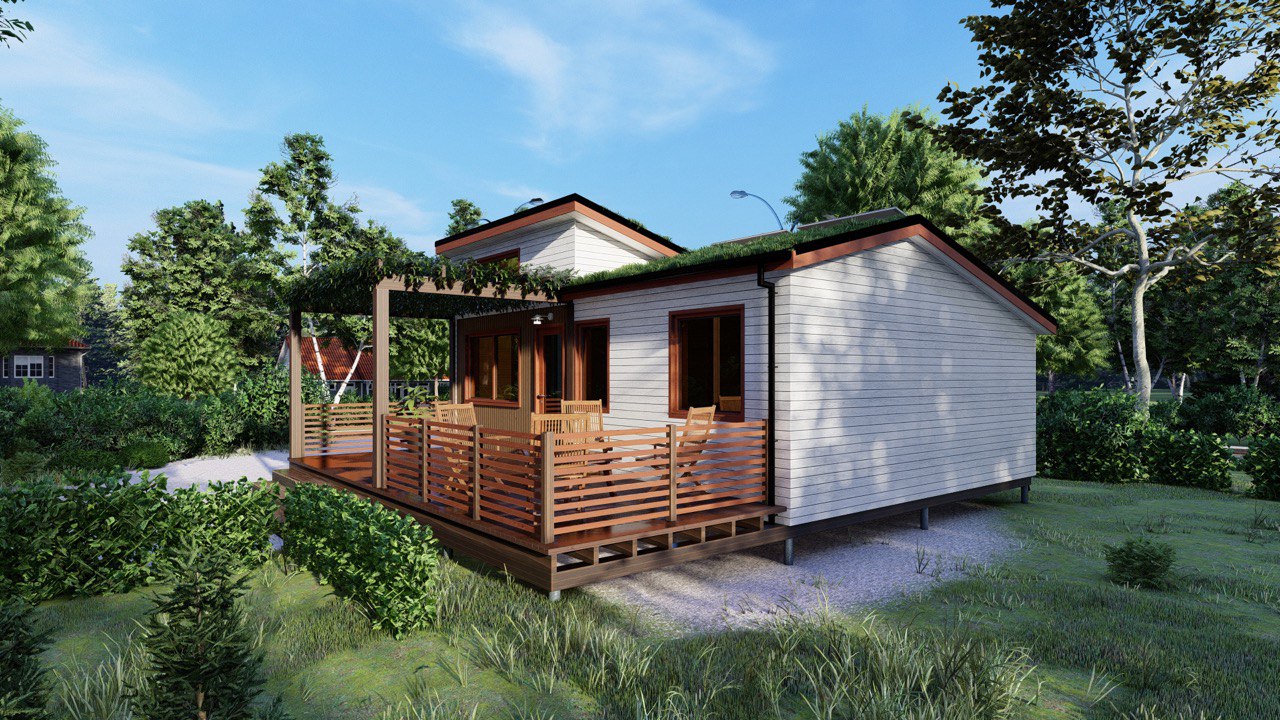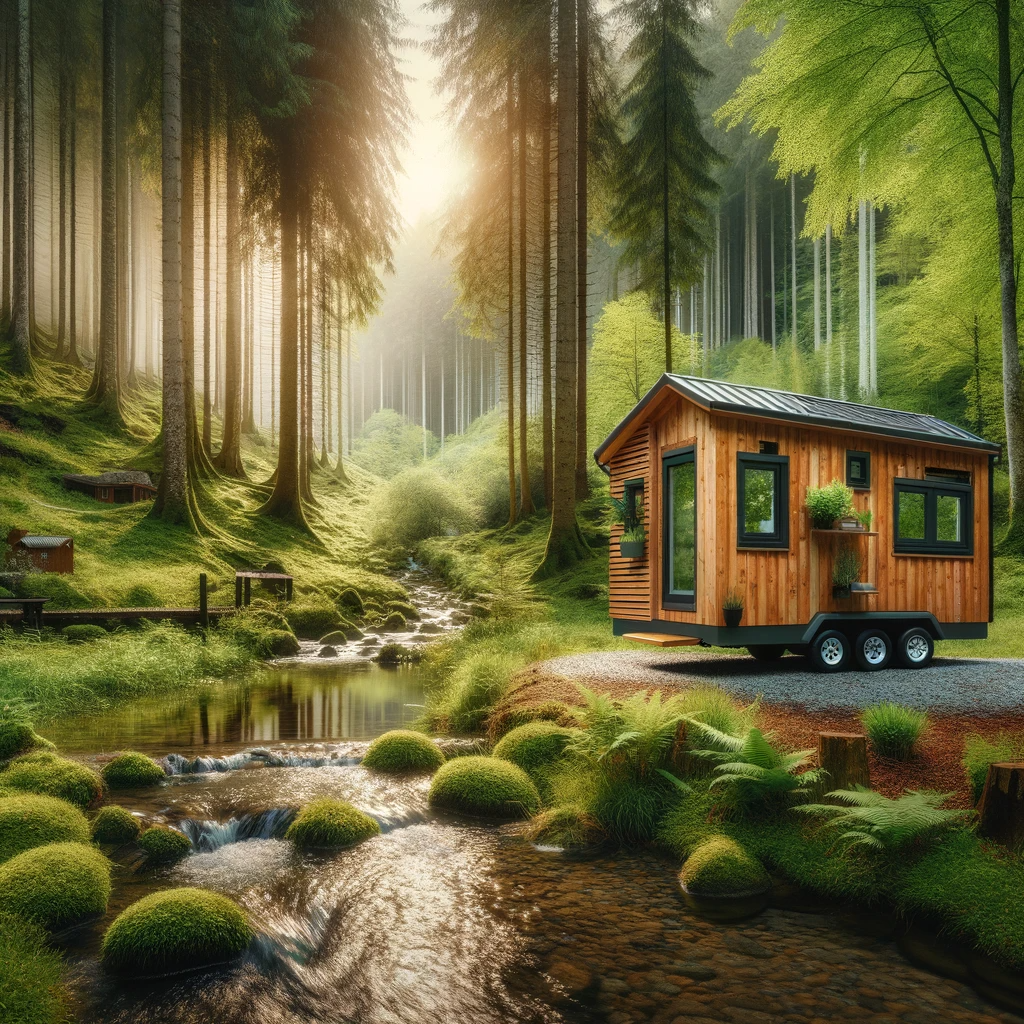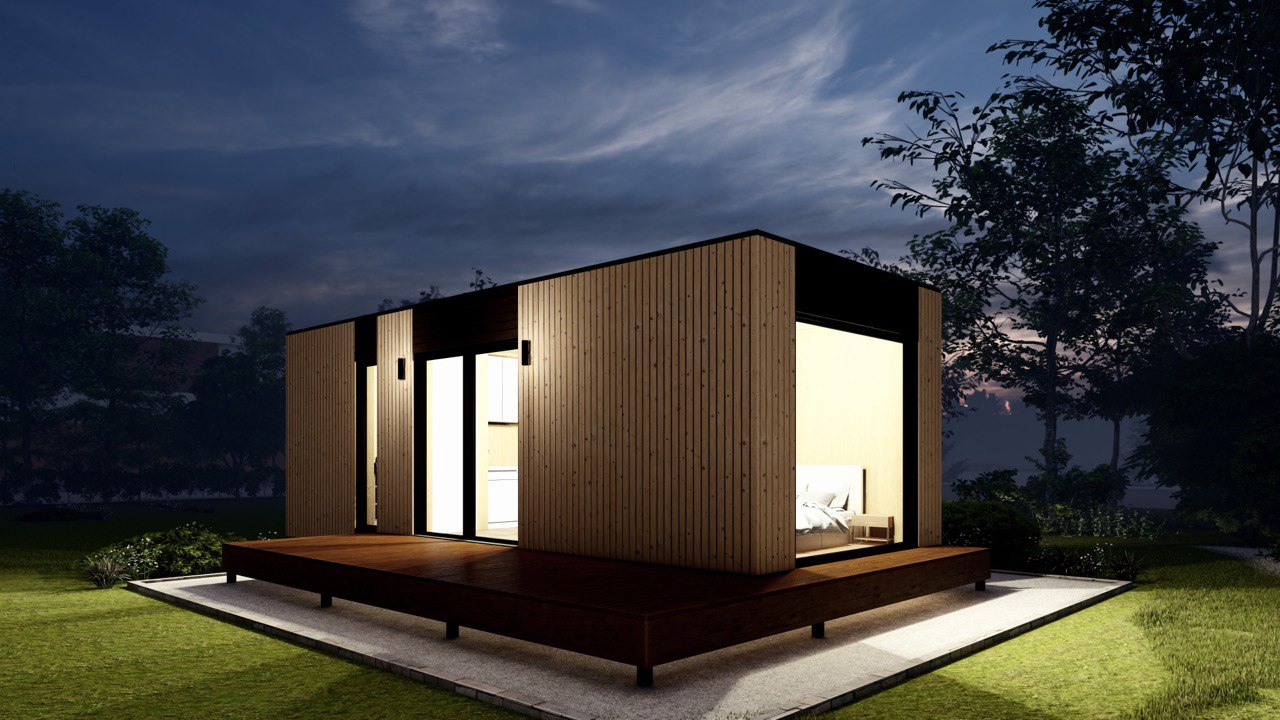27/05/2024
How long does a Tiny House last?
Choosing a Tiny House is an investment in a sustainable and minimalist lifestyle. But how long does a Tiny House actually last? And does it retain its value over time? In this comprehensive guide, we delve into these questions, comparing the lifespan of Tiny Houses with traditional homes, highlighting the factors influencing longevity, and providing valuable tips for maintaining the value of your Tiny House.
Tiny House vs. Traditional House: A Lifespan Comparison
The lifespan of a Tiny House can indeed rival that of a traditional house. High-quality materials, solid construction, and regular maintenance are crucial for the longevity of both types of homes.
A Tiny House that meets the criteria of a modern efficiency home and is built properly can achieve a lifespan of 50 years or more with good care. In comparison, traditional houses in Germany have an average lifespan of 80 to 100 years.
Factors Influencing the Longevity of Your Tiny House
The lifespan of your Tiny House depends on various factors:
- Materials: High-quality and durable materials like solid wood, metal, or long-lasting composite materials form a good basis for a durable Tiny House. Look for weather-resistant materials that can withstand different climatic conditions.
- Construction: A solid construction and proper execution are crucial for the longevity of your Tiny House. Pay attention to good insulation, stable foundations, and careful sealing against moisture.
- Maintenance: Regular maintenance and care are essential to extend the lifespan of your Tiny House. This includes checking and cleaning the roof, facade, and windows, as well as regular maintenance of heating, plumbing, and electrical installations.
Tiny House Depreciation: Myth or Reality?
Contrary to the widespread belief that Tiny Houses quickly lose value, they can maintain or even increase their value with good care and high-quality equipment. The resale value depends on various factors such as the condition of the house, the equipment, the location, and the current market demand.
Tips for Maintaining the Value of Your Tiny House
To maintain the value of your Tiny House in the long term, consider the following tips:
- Regular Maintenance: Perform regular maintenance work and promptly repair any damages.
- High-Quality Equipment: Invest in durable and high-quality appliances and materials.
- Attractive Design: An appealing design and a well-maintained environment enhance the value of your Tiny House.
- Documentation: Keep comprehensive documentation of all construction work and maintenance activities.
- Insurance: Obtain appropriate insurance coverage to protect your Tiny House against damages.
Durable Tiny House Models: Examples from Practice
There are numerous Tiny House manufacturers that focus on durable and high-quality models. Some examples include:
- Solid Wood Tiny House: These models are particularly robust and durable as they are made from natural materials and provide good insulation.
- Tiny House with Steel Frame: A steel frame ensures high stability and durability of the Tiny House.
- Tiny House with Green Roof: A green roof protects the roof from weather influences and contributes to a pleasant indoor climate.
Long-term Residents' Testimonials
Many long-term Tiny House residents report that their houses are still in excellent condition even after years and provide them with a comfortable home. They emphasize the importance of regular maintenance and high-quality materials to ensure the longevity of the Tiny House.
Why a Tiny House with SIP Panels is Better Than One with Mineral Wool
SIP panels (Structural Insulated Panels) are a modern and innovative construction method that is also excellent for Tiny Houses. They consist of insulation (usually polystyrene) sandwiched between two wooden panels and offer numerous advantages over traditional insulation materials like mineral wool:
- Better Insulation: SIP panels provide significantly better thermal insulation than mineral wool, resulting in lower heating costs and a more comfortable living environment.
- Faster Construction Time: Installing SIP panels is quicker and easier than installing mineral wool, saving time and costs.
- Higher Stability: SIP panels give the Tiny House high stability and resistance to wind and weather.
- Longer Lifespan: The high quality and durability of SIP panels also increase the lifespan of the entire Tiny House.
A Tiny House Can Last a Lifetime
With proper planning, high-quality materials, and regular maintenance, a Tiny House can last a lifetime and retain its value. Choosing a Tiny House with SIP panels offers additional benefits in terms of insulation, stability, and longevity. Thoroughly research different construction methods and materials, seek advice from experts, and choose a Tiny House that meets your individual needs and requirements. This way, you can enjoy your minimalist and sustainable home for many years to come.

